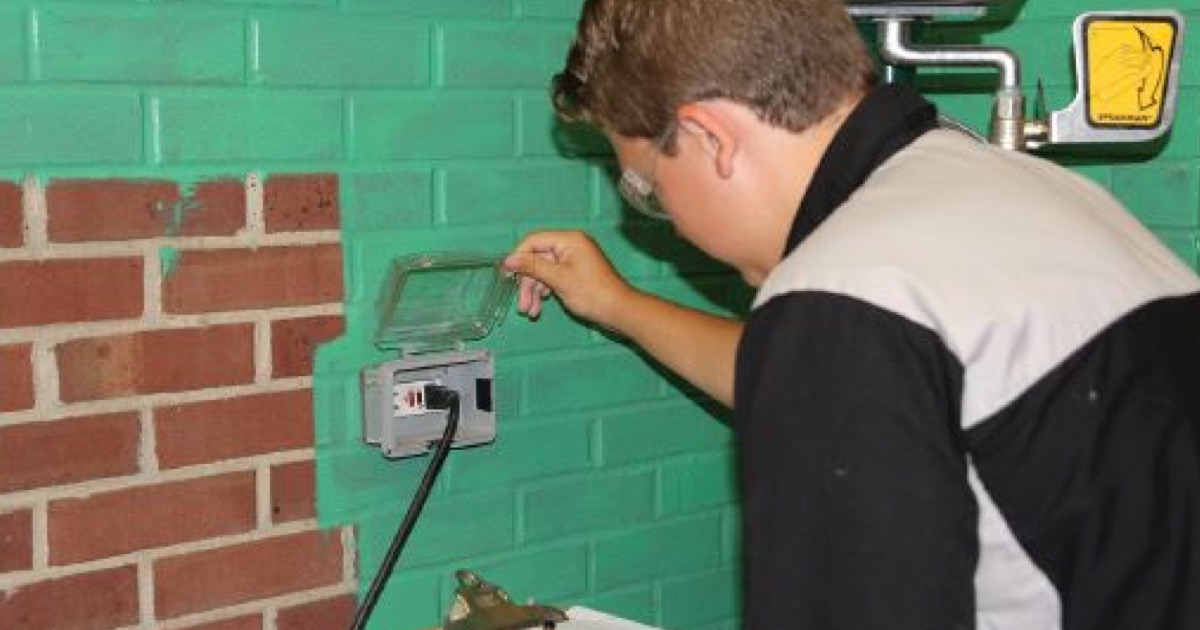As an instructor, your goal is to make sure your students are fully prepared for future employment. When it comes to working with today’s vehicles, that includes helping students learn plenty of important, technical skills.
But how well are your students prepared to interact with customers, co-workers, and supervisors?
Soft skills are often forgotten among all the tasks your automotive students need to learn. One such skill, communication, is a key asset that can be learned and improved upon.
So, what do you need to know before you can successfully teach these skills in your classroom?
Speaking
Even if your students understand a problem or task, they may have trouble explaining it.
The most important tips you can give your students are to be mindful of their words, their tone of voice, and their body language during a conversation. Have students practice:
- Thinking about what they’re saying
- Presenting information accurately
- Checking to make sure they are being understood
Students should also know how to respond differently depending on who they’re speaking with. This includes avoiding confusing jargon when explaining a problem to a customer, knowing when and how to ask questions, and responding appropriately to feedback from a more experienced technician or supervisor.
Listening
Active listening is an essential skill for students to practice to help them understand the needs of customers and communicate with co-workers.
To help students become better listeners, start by explaining that active listening means hearing people and understanding the emotions behind their words. Students must learn to step away from distractions while listening and to focus on the speaker.
Practicing active listening skills means:
- Paying attention to nonverbal cues
- Not interrupting
- Considering their own body language (nodding, keeping an open and inviting posture)
- Summarizing or paraphrasing in their own words what they’ve heard
- Making eye contact
- Asking questions for clarification
Writing
Effective writing skills are just as important for communication as speaking and listening. In order to help your students develop these skills, take the time to go over situations where they’ll be needed and have students practice.
For instance, students should practice concise and effective writing for both general business correspondence and tasks specific to working in an automotive shop, including:
- Repair orders
- Shop safety inspection forms
- Defective equipment reports
- Lockout/tagout
- Accident reports
Just as with speaking skills, students should remember who they’re writing for when communicating. This means avoiding technical jargon in correspondence with customers and choosing their words carefully to make sure the intended recipient will be able to understand the message.
Once students become more aware of the principles behind good communication skills, they can figure out where they need to improve. With practice and a bit of guidance, your student will learn that applying these skills saves them time and lessens problems.
Plus, teaching your students these valuable communication skills will give them an advantage when it comes to applying for jobs and retaining employment.
Want to provide your students with even more guidance and communication practice?
Consider adding the CDX Employment Readiness course to your current program.
